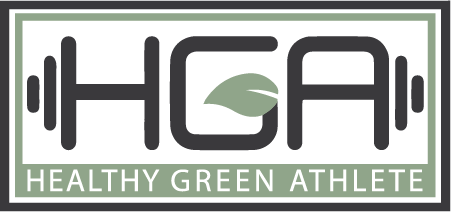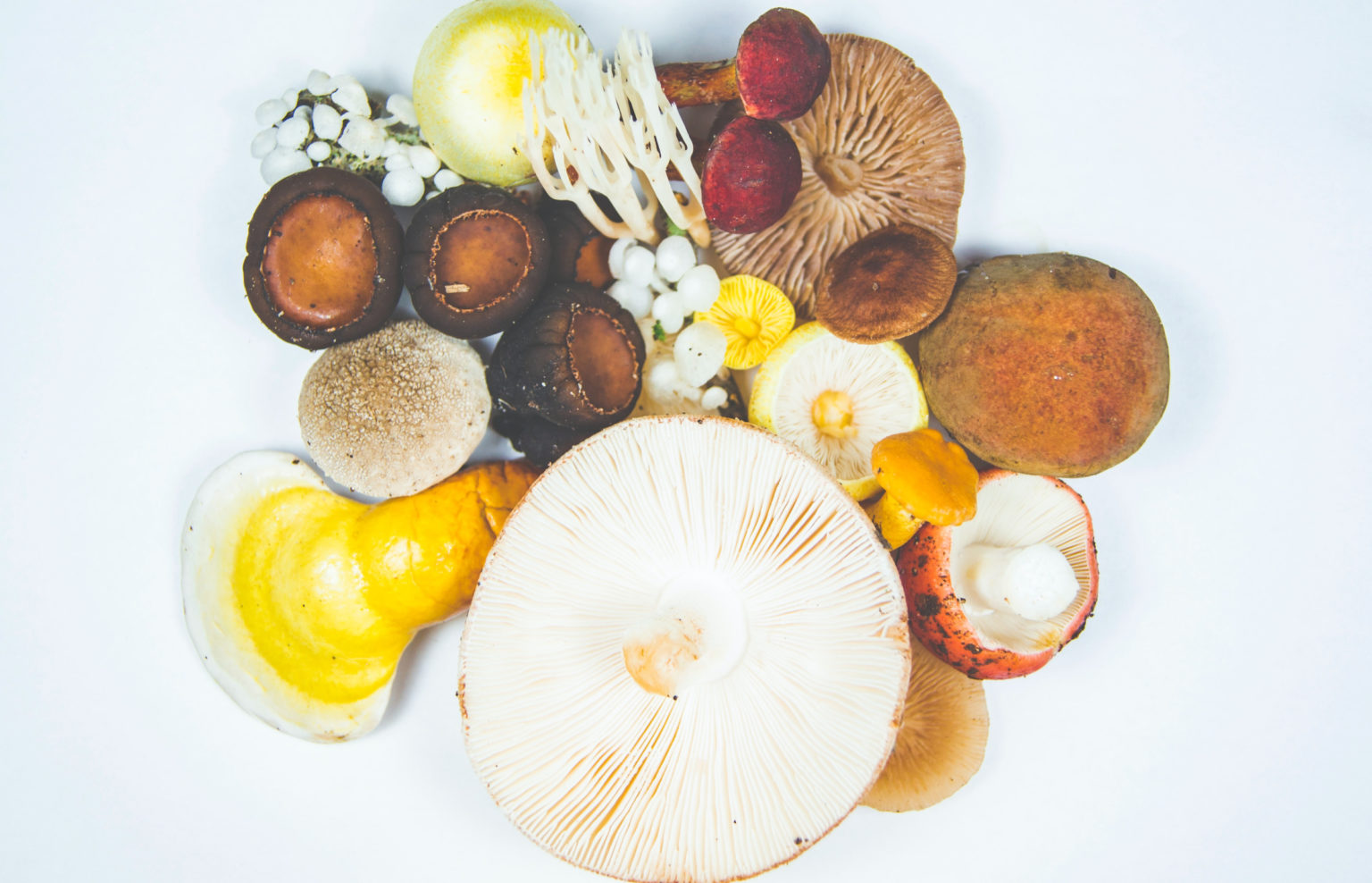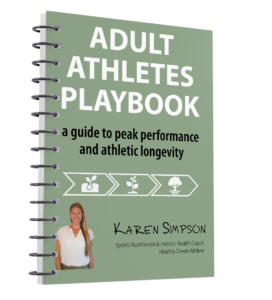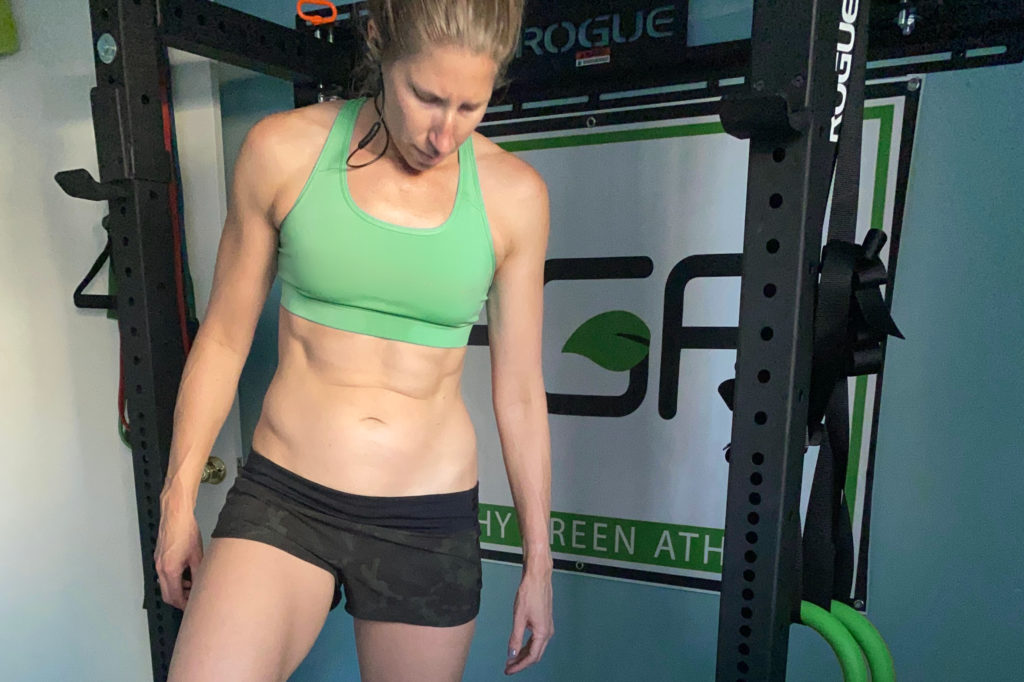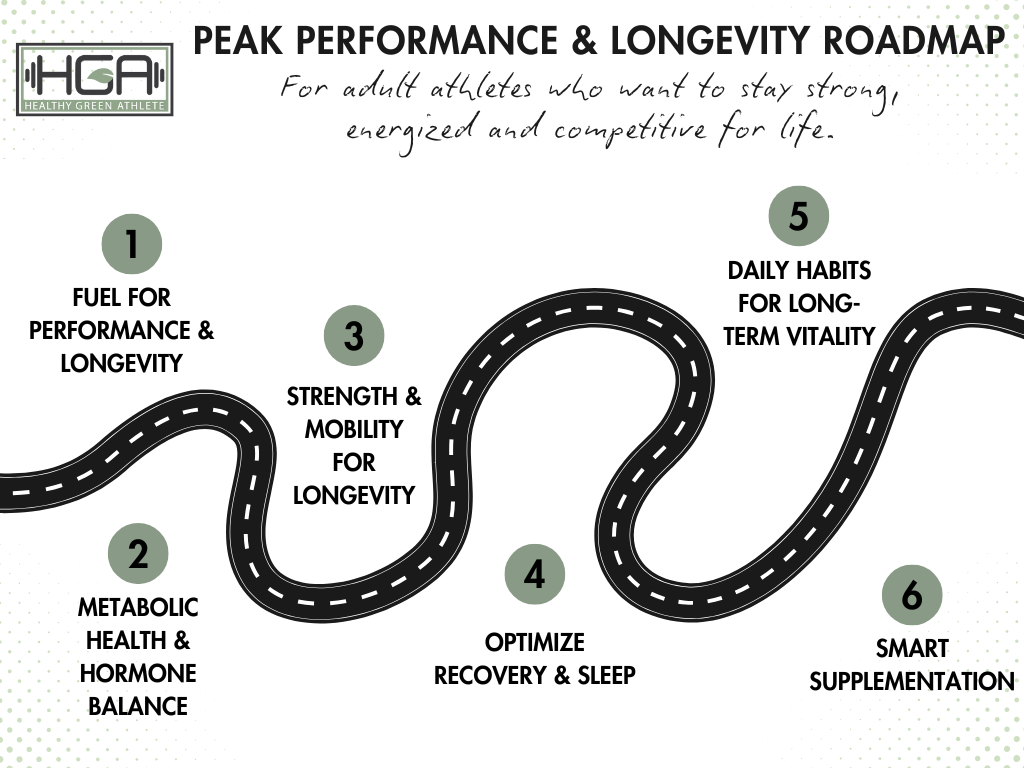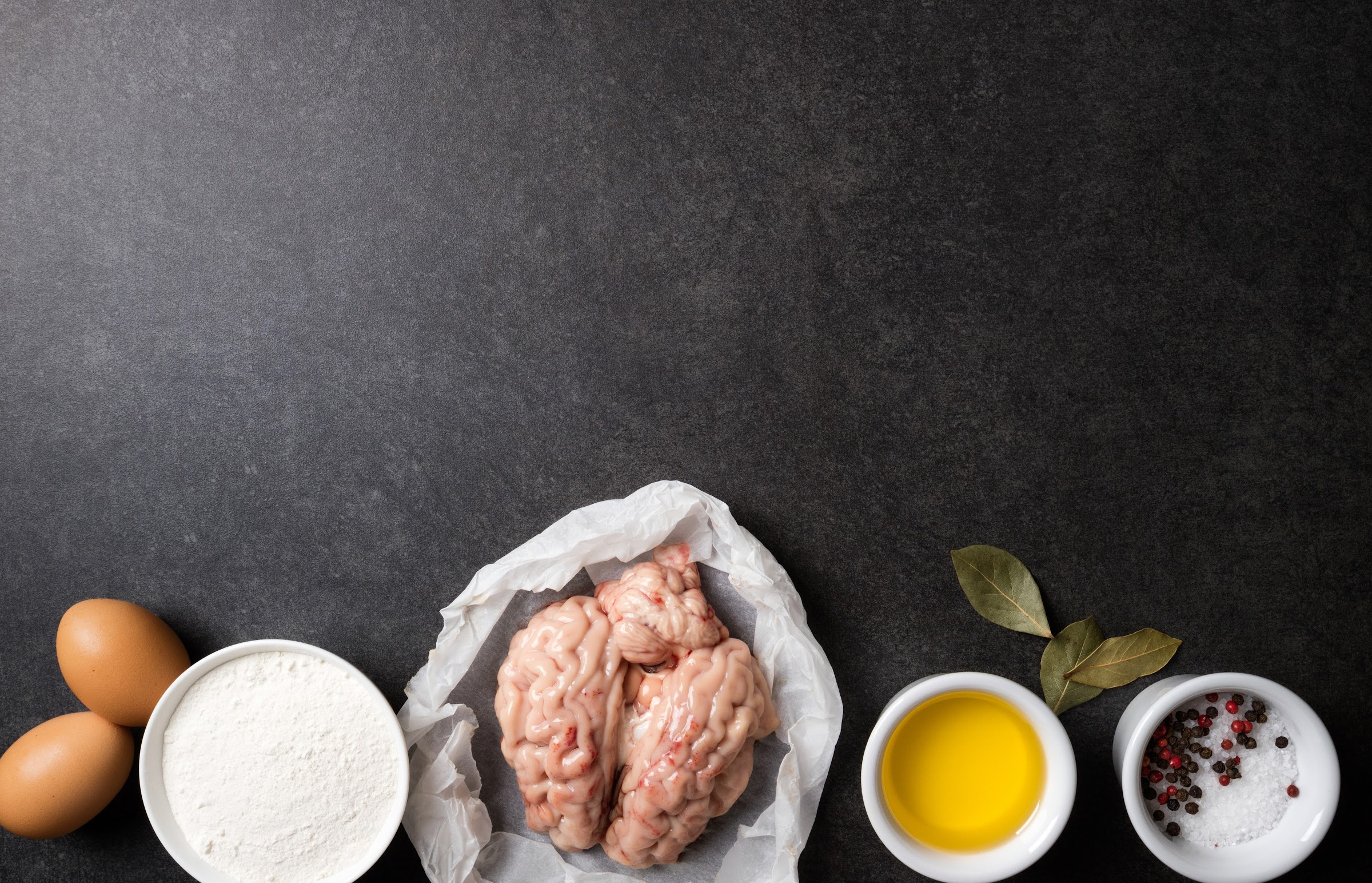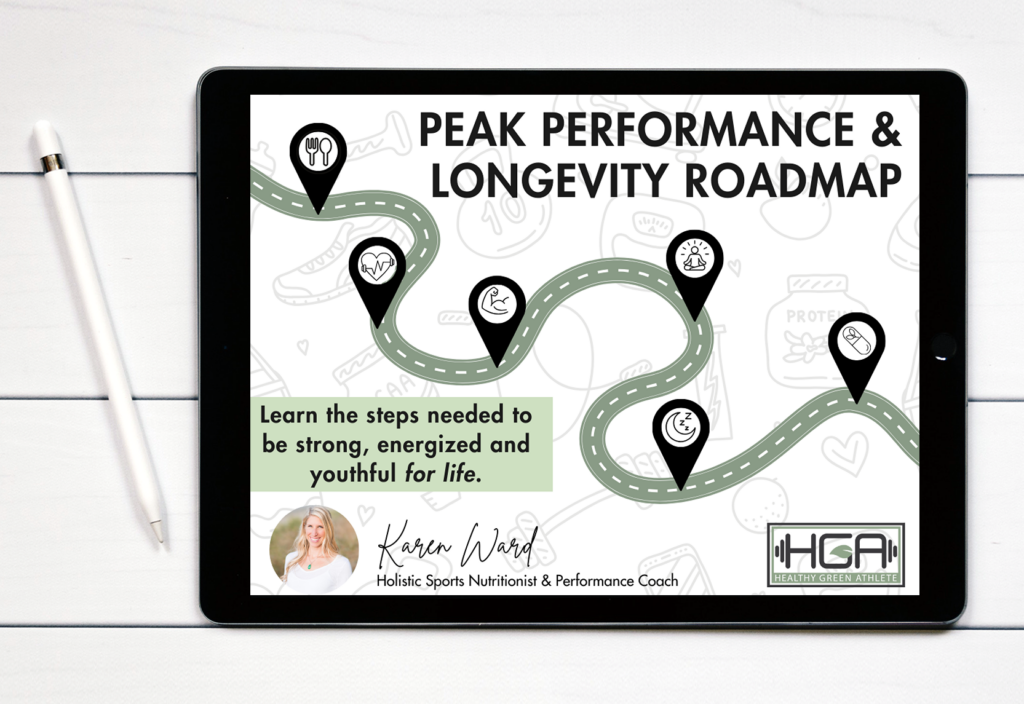Medicinal mushrooms are incredibly beneficial for optimizing health, boosting the immune system, increasing cognitive function and more. Additionally, Medicinal mushrooms enhance athletic performance because they are adaptogenic which means they help the body adapt to physical and mental stress, and are great for recovery. Scientists are continuously publishing findings on the benefits and experts have stated that approximately 130 medicinal functions are thought to be produced by medicinal mushrooms and fungi (1).
As it turns out, mushroom supplement companies are taking full advantage of this research. According to Zion Market Research, the market value of the global mushroom market was $35 billion in 2015 and is expected to exceed $59 billion by 2021 (2).
With the scientific evidence and a booming medicinal mushroom market that is heavily unregulated, it allows for a lot of low-quality products to be sold to consumers. Just like every other type of unregulated supplement on the market.
I’ve recently learned that the range of benefits provided by mushrooms (and their plant parts) are dependent on several factors. These factors differentiate the low-quality products from the high-quality ones and include the species of mushroom, the part of the mushroom consumed, the substrate that the mushrooms grow on, and how the active compounds are extracted.
In other words, the ability of mushrooms to enhance athletic performance is influenced by the following factors:
Factor #1: The type of Mushroom.
Of the 38,000 or so species of mushrooms, there have been about 700 species of identified mushrooms that can be eaten as food, which are often referred to as medicinal mushrooms. There are also about 200 species of mushrooms that contain hallucinogenic compounds which are referred to as psychedelic mushrooms.
Of those that are medicinal and non-hallucinogenic, Dr Mark Stengler (author of The Health Benefits of Medicinal Mushrooms, 2005) claims the 7 most beneficial species of mushrooms are (3):
- Agaricus blazei or God's mushroom
- Cordyceps sinensis or Cordyceps mushroom
- Coriolis versicolor or Turkey Tail mushroom
- Maitake mushroom
- Reishi mushroom
- Shiitake mushrooms
- Hericium erinaceus or Lion's Mane Mushroom
All edible mushrooms are great sources of fibre, protein and anti-oxidants. But, species that you find in the produce section of the grocery store don’t enhance athletic performance quite like the ones on the list above. Portabella and white button mushrooms may be great for stir-fry but they don’t have the same adaptogenic properties as medicinal mushrooms.
Factor #2: The part of the mushroom consumed.
The lifecycle of a mushroom is very complex and dependent on environmental conditions. In the most basic terms, a mushroom’s life cycle begins with spores that begin to germinate when they encounter a substrate of organic matter into threads of cells called hyphae. These threads then develop into a matrix of threads in the substrate called the mycelium. When conditions are just right, this mycelium begins to produce fruiting bodies that eventually grow into the mature mushrooms that we are all familiar with. These mushrooms produce spores and the cycle repeats.
There are several key active compounds in medicinal mushrooms and their plant parts that provide significant health benefits such as beta-D-glucans, triterpenoids and ergosterol. These compounds are present in different concentrations depending on species, environmental conditions and the plant part itself.
Factor #3: The substrate used to grow the mushrooms.
In nature, mycelium and the mushrooms they produce attach to dead organic matter and help with the decomposition process of dead plants or plant parts (leaves, bark, stems, etc.). In order to cut costs, many supplement companies will utilize a substrate that consists of grain instead of dead organic matter. Medicinal mushroom expert Jeff Chilton tested the compounds in mycelium that are grown on grain and compared them to compounds in the fruiting bodies.
He reported that mycelium grown on grain had 5-10 times lower levels of active compounds compared to mushrooms and mushroom extracts. (4) This evidence shows that the fruiting body grown on natural substrates provides the most benefit. You can download the full report here.
Factor #4: How active compounds are extracted.
The way in which the mushroom is prepared for consumption is very important for determining the bio-availability of the beneficial compounds. Similar to cell walls in plants which are made of the indigestible fiber cellulose, fungi have cell walls made of indigestible chitin. If the extraction process isn’t effective at breaking these cell walls, human cells are unable to utilize the beneficial compounds within those cell walls.
The most effective process for breaking cell walls and extracting active compounds without damaging them involves a strategic combination of grinding, soaking in water and alcohol, cooking, and drying.
What does this all mean?
To ensure you’re getting a high-quality product with a high level of active compounds that actually play a role in biological functions, look for mushroom products that are made from mushrooms grown on natural substrates and avoid products that are made from mycelium.
You’ll also want to look for a product that has less than 5% starch which indicates you’re getting 100% mushroom compounds. A higher starch concentration would indicate that the mushrooms were grown on a starchy substrate (such as grain).
As far as I know, there is only one company on the planet that meets all of these criteria: Real Mushrooms based out of British Columbia. Check out their selection of real mushroom extracts using this affiliate link.
Once you’ve purchased a high-quality product that meets the criteria above, you can add them to your coffee, smoothies, and other recipes. Enter your email below to instantly download a free copy of my recipe e-book: 20 Adaptogenic Recipes to Enhance Healing and Recovery.
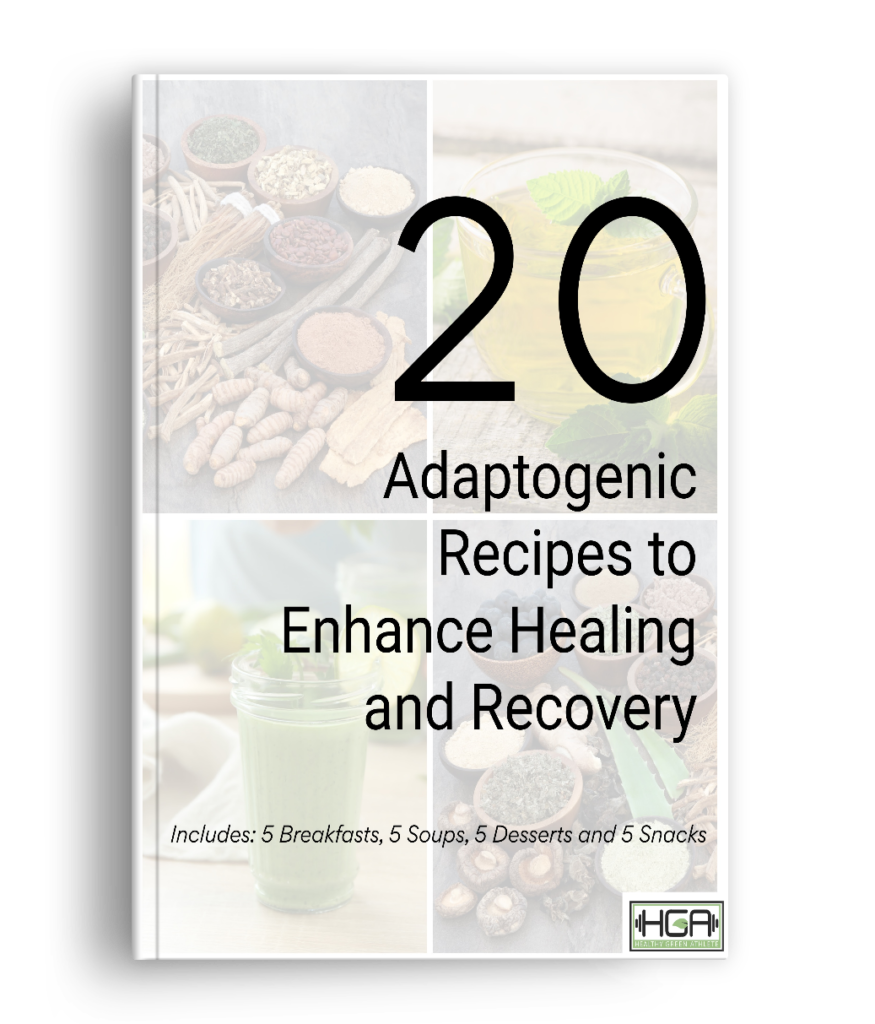
FREE INSTANT DOWNLOAD!
20 Adaptogenic Recipes to Enhance Healing and Recovery
References
(1) Wasser, S. P. (2017) Medicinal Properties and Clinical Effects of Medicinal Mushrooms, in Edible and Medicinal Mushrooms: Technology and Applications (eds C. Z. Diego and A. Pardo-Giménez), John Wiley & Sons, Ltd, Chichester, UK.
(2) https://www.zionmarketresearch.com/news/global-mushroom-market
(3) The Health Benefits of Medicinal Mushrooms, 2005
(4) Redefining Medicinal Mushrooms: A new scientific screening program for active compounds. Jeff Chilton 2017. http://www.nammex.com/redefining-medicinal-mushrooms/
